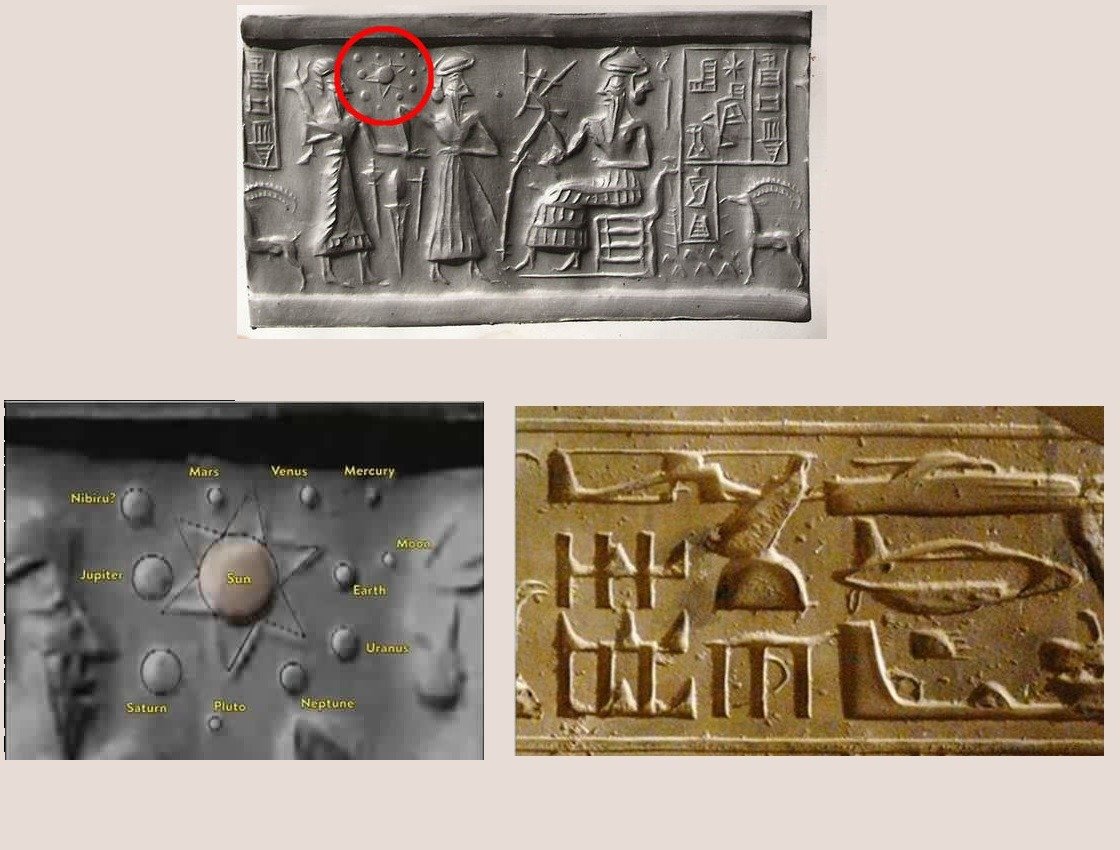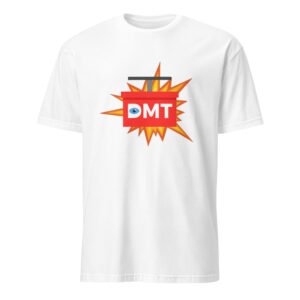
Article Overview 🔎
- Who were the Sumerians?
- What are the Sumerian Clay Tablets?
- The Code of Ur-Nammu Laws (the Oldest Known Legal Code)
- The Sumerian Clay Tablets of Creation Translations
- The Ancient Sumerian’s Clay Tablets Images of Our Solar System and Flying Modes of Transport
- More Ancient Astrological Knowledge
- Ancient Sumerian Gods
- Sumerian Clay Tablet Videos
Who were the Sumerians? 👥
Sumer is the earliest known civilization in the historical region of ancient Mesopotamia (modern day Iraq and Iran). The Sumer people were among the first known civilizations in Mesopotamia (modern-day Iraq), flourishing around 3100–2000 BCE. They built city-states, developed one of the earliest writing systems (cuneiform), and made advances in mathematics, astronomy, and irrigation. Based on recent research, the Sumerians are likely to have lived much longer ago than 6000 years ago, contradictory to what is said in mainstream teachings. For example, Sumer is meant to predate ancient Egypt and modern archaeological findings suggests that Ancient Egypt was prevalent 12,000 years ago.
Key Aspects of Sumerian Civilization:
- City-States: Sumer was not a unified empire, but a collection of city-states, each with its own ruler. Major cities included Ur, Uruk, Lagash, Kish, and Nippur.
- Writing System: The Sumerians invented cuneiform, one of the first known writing systems, used for administrative records and literature.
- Religion: They were polytheistic, worshiping gods like Anu (sky god), Enlil (storm god), Inanna (love and war goddess), and Enki (wisdom and water god).
- Ziggurats: Massive temple structures built in city centers for religious purposes.
- Law and Governance: The Sumerians established early forms of government and legal codes, such as the Code of Ur-Nammu.
- Decline: Around 2000 BCE, Sumer fell under the control of the Amorites and later the Babylonians.
he rulers of Sumer were among the earliest recorded monarchs in history. They governed city-states such as Ur, Uruk, Lagash, and Kish. Their rule was often considered semi-divine, and they played a significant role in the political and religious life of Sumer.
Notable Kings of Sumeria and Sumerian Rulers:
- Etana of Kish (c. 3100 BCE) – A legendary king from the Sumerian King List, often associated with myths of ascending to heaven.
- Enmebaragesi of Kish (c. 2600 BCE) – The earliest historically confirmed ruler, known for military conquests.
- Gilgamesh of Uruk (c. 2600-2500 BCE) – A semi-mythical king, famous for ‘The Epic of Gilgamesh‘, one of the world’s oldest literary works.
- Eannatum of Lagash (c. 2500 BCE) – Established one of the earliest empires by conquering several Sumerian city-states.
- Lugalzagesi of Umma (c. 2350 BCE) – The last Sumerian king before the rise of Sargon of Akkad.
- Ur-Nammu of Ur (c. 2100 BCE) – Founder of the Third Dynasty of Ur and creator of the earliest known legal code, the ‘Code of Ur-Nammu’.
- Shulgi of Ur (c. 2094-2047 BCE) – A powerful king who strengthened Sumer’s administration and culture.
After the reign of the Sumerian kings, Sumer was eventually absorbed into the Akkadian Empire under Sargon of Akkad (c. 2334-2279 BCE).
Despite the distance in time, many Sumerian Clay Tablets have been found in good condition, as they purposely used this material to stand the test of time. As of which have these Sumerian sculptures of rulers and royalty.
Gudea of Lagash, the Sumerian ruler who was famous for his numerous portrait sculptures that have been recovered:


Sumerian princess of the time of Gudea 2150_BCE:

What are the Sumerian Clay Tablets? 📜
The Sumerian Clay Tablets are ancient inscriptions made by the Sumerians, one of the earliest known civilizations, which thrived in Mesopotamia (modern-day Iraq) around 3100 BCE. These tablets were made of clay and inscribed using cuneiform script, one of the world’s first writing systems.
Purpose of the Sumerian Clay Tablets:
- Record-Keeping – Used for administrative purposes, tracking goods, taxes, trade, and laws.
- Literature & Mythology – Some tablets contain famous literary works like ‘The Epic of Gilgamesh‘.
- Legal Codes – Early law systems such as the Code of Ur-Nammu were inscribed on tablets.
- Religious Texts – Prayers, hymns, and rituals dedicated to gods like Enlil and Inanna.
- Scientific & Mathematical Texts – Contained calculations, astronomical observations, and medical knowledge.
Famous Sumerian Tablets:
- The Epic of Gilgamesh – One of the earliest known literary works that some believe was based on a true story.
- The Instructions of Shuruppak – An early wisdom text.
- The Enuma Elish – A creation script, though more associated with later Mesopotamian cultures. You can read more on this here.
- Astronomical & Medical Texts – Containing knowledge of stars, diseases, and treatments.
- Drawings of the Solar System and Flying Modes of Transport – You can see these further down this page.
Many of these tablets have been excavated from ancient Sumerian cities like Ur, Uruk, Lagash, and Nippur. They provide invaluable insight into early human civilization, governance, mythology, and science.
The Code of Ur-Nammu Laws (Oldest Known Legal Code) ⚖️
Interestingly, the Code of Ur-Nammu (circa 2100–2050 BCE) is the oldest known legal code, predating the famous Code of Hammurabi by about 300 years. It was issued by King Ur-Nammu of Ur, a Sumerian city-state.
Key Features of the Code:
- Written in Sumerian cuneiform on clay tablets.
- Based on fines and compensation rather than harsh physical punishments.
- One of the first legal codes to establish the principle of “lex talionis” (punishment should fit the crime).
- Laws covered justice, property rights, marriage, and social order.
Examples of Laws from the Code of Ur-Nammu:
Murder & Assault:
- “If a man commits murder, that man must be killed.”
- “If a man causes another man’s eye to be put out, he shall pay half a mina of silver.”
- “If a man knocks out the tooth of another man, he shall pay two shekels of silver.”
Theft & Property Crimes:
- “If a man commits robbery, he shall be put to death.”
- “If a man seizes property of another, he must pay threefold restitution.”
Marriage & Family Laws:
- “If a man divorces his wife, he must pay her one mina of silver.”
- “If a man accuses his wife of adultery but she is found innocent, he must pay her silver.”
Slavery & Social Status:
- “If a slave marries a free person, their children shall be free.”
- “If a man injures a slave, he must compensate the owner.”
False Accusations & Legal Proceedings:
This code reflects a society trying to maintain order, fairness, and economic stability. Unlike Hammurabi’s later laws, which relied on severe physical punishment, Ur-Nammu’s code relied more on fines and compensation.
The Sumerian Clay Tablets of Creation Translations 🗣️
The language of Sumer was Sumerian, a language isolate spoken in southern Mesopotamia (modern-day Iraq) and the oldest attested language with written evidence, dating back to at least 3100 BCE. Here is an image showing the cuneiform language of Sumer written into an ancient Sumerian Clay Tablet:

In the translation of the tablets, it is said that Sumerians are a product of the Anunnaki (Anunnaki literally translates as ‘Those who came from heaven to Earth’), a civilization that visited Earth from a planet called Nibiru (also known as Planet X and some believe it to be Planet 9). Many researchers suggest that Nibiru could be a planet of our solar system with a longer orbit that takes thousands of years to come into closer vicinity. Some believe there’s a brown dwarf star in our solar system that Nibiru orbits around.
The tablets also say that the Anunnaki created us from 80% their DNA and 20% neanderthal DNA at the time to create us in their image so that we could mine gold and other resources. This is said to have happened as long as 200,000 years ago (you can read more on this from the most ancient tablets, inscribed with the creation of the solar system and humanity here).
The Ancient Sumerian’s Clay Tablets Images of Our Solar System and Flying Modes of Transport 🪐
These tablets defy the common narrative that suggests human civilization began as less knowledgeable and evolved through time. This is because they show things such as our solar system and what appears to be flying modes of transport (including a helicopter and possibly a spaceship and submarine) as shown in the images below:



The tablets show the planets to scale, with an extra planet in the solar system. Many researchers believe that there is sufficient evidence to suggest that a planet was destroyed (which many believe to be Tiamat), making the asteroid belt or that this planet could represent planet Nibiru, where it is suggested that the inhabitants of this planet (the Anunnaki) shared all of this knowledge on our solar system (such as the colours of Neptune and Uranus as a blue-green) as well as others.
More Ancient Astrological Knowledge 🌌
The Dogon Tribe are another example of the Anunnaki sharing their knowledge of the cosmos. Originally of Ancient Egypt (called Kem at the time) and now of Mali, the tribe have access to this ancient information and accurately described Sirius B (that can only be seen with a telescope) of the binary star system of Sirius A and B. This has only just been discovered in recent years by modern science. They believe that Sirius B is where the Anunnaki come from and this is why thee is a lot of reference and worship to Sirius in Ancient Egypt.
Here is a video that touches on the asteroid belt being the remnants of a destroyed planet, linking to the extra planet shown in our solar system on the tablets:
Check out our Sirius Clothing Range:
-

Sirius All Star T-Shirt – Short-Sleeve Unisex Tee
$19.99 Select options This product has multiple variants. The options may be chosen on the product page -

Sirius All Star Hat – Cuffed Beanie Unisex (Black Text)
$19.99 Select options This product has multiple variants. The options may be chosen on the product page -

Sirius All Star Trucker Cap – Unisex
$19.99 Select options This product has multiple variants. The options may be chosen on the product page -

Sirius All Star Snapback Cap – Unisex
$29.99 Select options This product has multiple variants. The options may be chosen on the product page -

Sirius All Star Organic Bucket Hat – Unisex
$24.99 Select options This product has multiple variants. The options may be chosen on the product page
Ancient Sumerian Gods 🙏
The Sumerian pantheon included deities like An (sky god), Enlil (god of wind and storms), Enki (god of water and wisdom), Ninhursag (goddess of fertility), and Utu (sun god), among others.
Here’s a more detailed look at some key ancient Sumer gods and goddesses:
- An: The god of the heavens.
- Enlil: The god of wind, air, earth, and storms, considered a central figure in the Sumerian pantheon.
- Enki: The god of water, wisdom, and creation, also known as Ea in later Mesopotamian mythology.
- Ninhursag: The goddess of fertility, nature, and the earth, also known as the “Mother of the Gods”.
- Inanna: The goddess of love, fertility, war, and wisdom, and a powerful deity in the Sumerian pantheon.
- Utu: The god of the sun and justice, also known as Shamash in later Mesopotamian mythology.
- Nanna: The god of the moon.
- Ereshkigal: The goddess of the underworld.
- Ninurta: The great warrior god of the Sumerian pantheon and son of Enlil.
- Ninlil: The consort of Enlil and a deity of destiny.
- Nergal: The god of death, destruction, and war.
- Nammu: The primeval Sumerian mother goddess, who gave birth to the gods and created humanity.
Sumerian Clay Tablet Videos 🎥
The videos below give a further insight into the clay tablets:
You can read more on the Sumerians in the Sumerian category here.
















